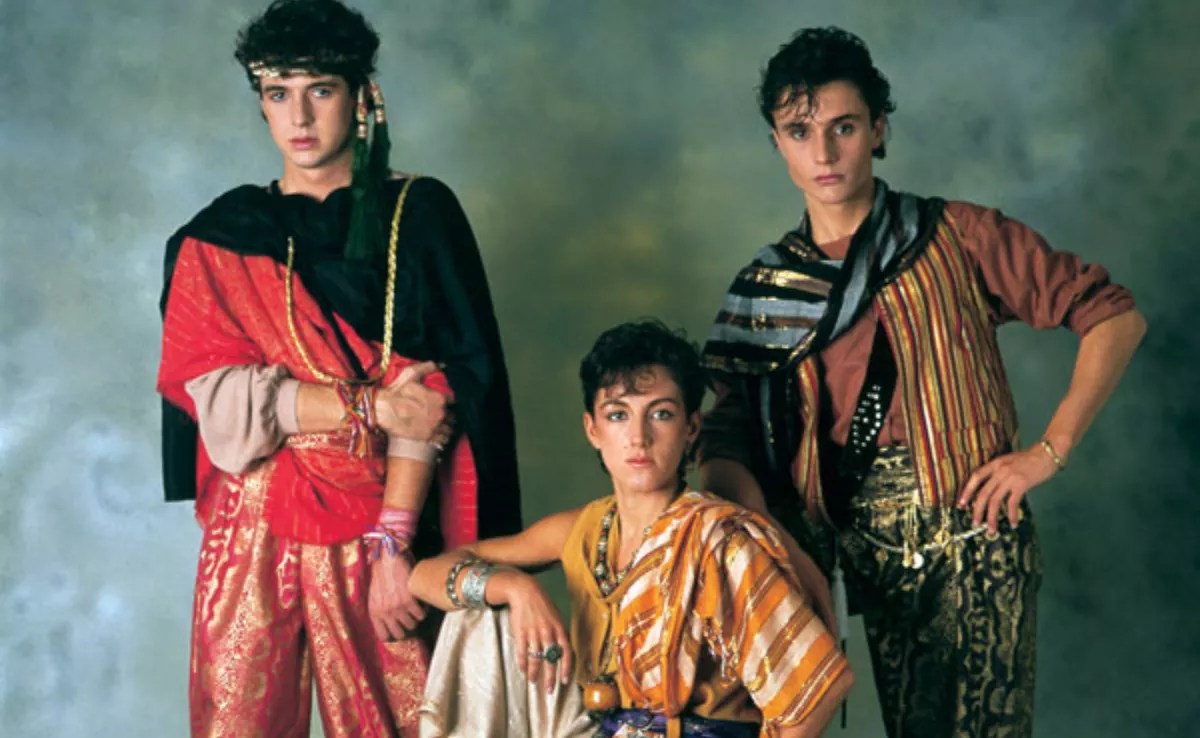On February 2, 1705, a great shock gave way to the eruption of the Arafo volcano, in Tenerife, an island that, as a consequence of this event, had to postpone the festivities in honor of its patron saint, the Virgin of Candelaria, which were celebrated the same day. It was the seventh volcanic eruption recorded in the Canary Islands, the third in Tenerife and the last in an eruptive chain that gave the people of Tenerife no rest. Previously, the Sietefuentes volcano (between December 31, 1704 and January 5, 1705) and Fasnia (January 5 to January 16, 1705) had exploded.
What are these mysterious holes in the mountains of Tenerife?: the fascinating Twitter thread that explains it
Know more
It should be noted that this third eruption concluded on March 27, becoming the longest recorded in Tenerife until then, with 54 days of activity. A few years later, the Chahorra volcano would take the record from him, remaining active for 99 days in 1798.
The three eruptions kept the entire island population in suspense and in a total state of panic, especially the inhabitants of the Valle de La Orotava, on the other side of the island, who strongly felt the onslaught of nature. The chroniclers of the time reported 16 deaths in those days, the majority “out of fear”; others, victims of the collapse of their homes after each earthquake. Among the deaths is that of the bishop of the Canary Islands, Bernardo de Vicuña y Zuazo (1691-1705), who died in La Orotava on January 31 due to the deep fear caused by the tremors of the Güímar volcano, as indicated by the chroniclers at that time: “Bishop D. Bernardo Sanzo de Vicuña, who fled with the clergy of La Orotava, died of fear in a hut where they had welcomed him.”
This phenomenon not only caused deaths, but also up to 70 destroyed buildings, sulfur dioxide emissions, pyroclastics and a wave of robberies that forced surveillance rounds.
The account of the eruption has been well collected in the article The volcanic eruption of 1705 in the Güímar Valley, an event that caused damage to the three towns in the region and great concern throughout the island, of the official chronicler of Güímar and Candelaria and Adoptive Son of Arafo, Octavio Rodríguez Delgado.
In the article, Rodríguez quotes José de Viera y Clavijo, who summed up what happened in 1705 as follows: “The first eruption took place on December 31 in the Llano de los Infantes above Icore, in the country of Güímar. He only ran a third of a mile. The second, on January 6, 1705, a league away from the other, next to the Almerchiga ravine. He ran a league and a half through the mother of the Areza or Fasnia ravine which, being very deep, left it level with the other lands on the edges; but on the 13th it died out. The third eruption was on February 2 at dusk, two leagues from the antecedent, between the two rocks. This current was divided into two branches: one ran more than a league through the Arafo ravine to near the sea; the other extended through the Melosar, from where a third arm started, threatening to throw itself over the place of Güímar, if it had not found an obstacle that forced it to go back“.
For his part, in 1881, Agustín Millares referred to the eruption as “a terrible calamity that afflicted this town in the previous century.” In addition, he revealed that it was an eruption “originated through a linear fracture of several kilometers, which for three months had both the inhabitants of the southeast of Tenerife and the entire island on edge.”
After the eruption of February 2, the chronicler collects in his article, “two streams of lava that came out of the eruptive cone went to the place of Arafo and from there it could go down to Candelaria, for which the island authorities decided to take the image of the [virgen] Candelaria to La Laguna, until the eruption subsided; so it was executed the next day”.
The eruption lasted two long months and was the most spectacular, “being visible from La Orotava,” says Rodríguez. “The lava completely surrounded the Augustinian farmhouse of “Lo de Ramos”, whose ruins are still preserved. As a consequence of the eruption, the araferos had to flee, abandoning everything, and they went mostly to Candelaria; likewise, it is easy to imagine that in fear of the destruction of the town, the chaplain and the neighbors would take out in prayer the image of their patron, San Juan Degollado”.
Today marks the 317th anniversary of the start of the Arafo eruption that lasted 54 AD.
It was part of the eruptive process of 7 Fuentes and Fasnia
The eruption was preceded by strong earthquakes that caused at least 16 deaths (mostly from fear).
Photo by ConoceArafo https://t.co/Z977aviFef pic.twitter.com/vZnGvu1yfx— Itahiza (@ita_dc) February 2, 2022
The 1704-1705 eruption is far from the one experienced on La Palma between September 19 and December 25, 2021, although both share a Strombolian fissure character and an impressive destructive force to change the landscape. On the beautiful island, for example, the lava flows did reach the sea, destroying thousands of buildings in their path. This did not happen in the case of the Güímar volcanoes, which stopped kilometers before reaching the coast and barely They reported 70 homes destroyed, many by seismic movements, in a valley that was then very sparsely populated. Today things would be very different, as the recent eruption at Cumbre Vieja has shown.
















